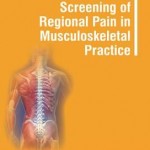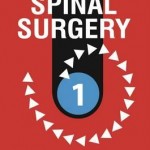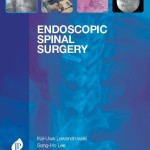by Shanthini S Jai, Busairi Waleed Al, Rajendran AJ

Every physician, who treats musculoskeletal problems, sees patients with neck pain. With a lifetime prevalence of over 70% and annual prevalence of 43%, it is a common condition, which causes very high expenses to all communities. Two-thirds of the population has neck pain at some point in their lives. It can be caused by numerous spinal problems; it may arise due to muscular tightness in the neck and upper back, or pinching of the nerves emanating from the cervical vertebrae. Osteoarthritis or joint disruption in the neck or upper back can create painful conditions. The top three joints in the neck allow most movements of the neck and head. The lower joints in the neck and those of the upper back create the supportive structure of the cervical spine. If this support system is affected adversely, the muscles in the area will tighten as well, leading to neck pain. Neck pain may also arise from many other physical and emotional health problems. With good reason, referring to psychogenic origin of neck pain, the trapezius muscle is sometimes called the ‘soul of muscle’. Neck pain with radiation to the chest and arm is one of the common causes of non-cardiac chest pain. Anterior neck pain can mimic angina. Neck pain radiating to the scalp is an important differential diagnosis for occipital headache among the neurologists. Vertigo is a challenge for otolaryngologists and it can be associated with neck problems. And the ‘serious neck problems’ or the so-called ‘Red flag’ conditions present a dilemma in practice for the surgeon and physician to choose between surgical and conservative management. The aim of this book is to highlight the key points in the approach to a patient presenting with neck pain. The book is designed in such a way that it can be used as an easy and reliable guide by general practitioners, physiotherapists and all the clinicians interested in the management of neck pain. The book consists of two parts. Part 1 covers the basics including clinical anatomy, pathophysiology, clinical examination and diagnosis. Part 2 begins with the pharmacology of drugs used in the management of neck pain. Good practice should not stop with the prescription of drugs—so a separate chapter on non-pharmacological management of neck pain is added. The chapter on complementary and alternative medicine completes the spectrum of treatment choices available for the patient. We have concluded with some case descriptions and illustrations.
Download
Note: Only Surgery member can download this ebook. Learn more here!










